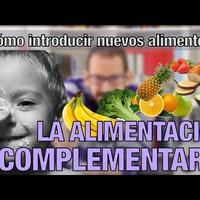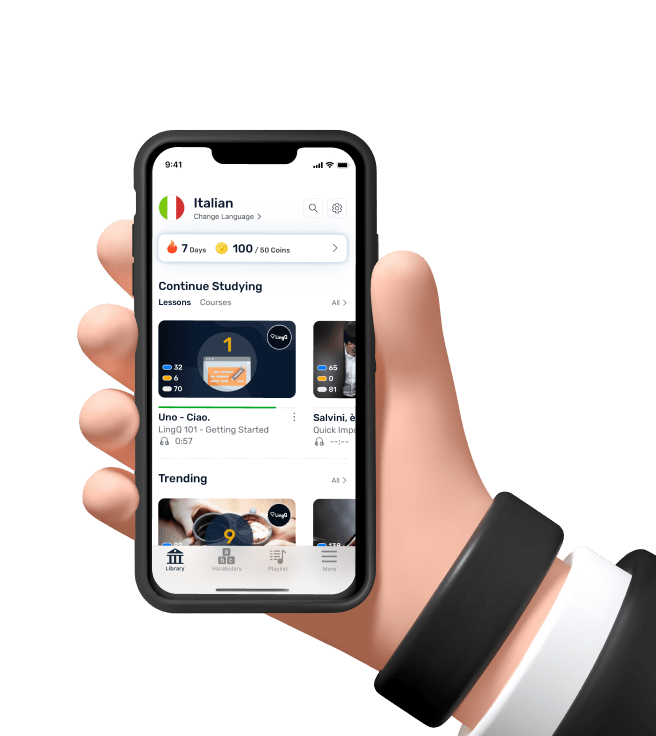Alimentación complementaria: ¿cómo introducir nuevos alimentos?
A partir de los 4, 5 o con suerte los 6 meses nos empiezan a decir que tenemos que “introducir”
alimentos diferentes a la leche en la dieta de los bebés.
Es lo que se conoce como alimentación complementaria.
En esta píldora vamos a hablar de cómo introducir nuevos alimentos y reflexionaremos un poco
acerca de este concepto de alimentación complementaria…
Y bien; hasta este momento hemos funcionado con teta, con bibe, con teta y bibe… como sea, el
caso es que ya le teníamos más o menos pillado el tranquillo al asunto de la alimentación,
cuando nos tenemos que adaptar a otro cambio, el de la alimentación complementaria (con
los niños todo son cambios).
¿Cómo lo hacemos?
¿Por dónde empezar?, ¿cómo podemos hacerlo para introducir nuevos alimentos?...
Os lo voy a explicar:
introducir un nuevo alimento en el cuerpo de nuestro hijo es fácil.
Le abrimos la boca, le metemos la cuchara hasta el fondo y si hace falta nosotros mismos
podemos cerrarle la boca y obligarle a tragar.
Técnicamente no tiene mucha dificultad.
Pero en realidad no es eso lo que queremos.
Lo que queremos no es introducir alimentos dentro de su cuerpo, lo que queremos es que
los pruebe, que disfrute, que pasemos todos un buen rato, ver las caras que pone, si le
gusta, si no le gusta… Más que introducir, nos gusta el concepto de ofrecer.
Los mayores elegimos la comida que le ponemos delante al bebé, pero no se la introducimos,
solo se la ofrecemos.
Si el bebé quiere comerá, si no, no lo comerá.
No pasa nada, nosotros se la hemos ofrecido.
Quizá hoy no es el día que él decide probarla.
No pasa nada, si ha sobrevivido 4, 5 o 6 meses solo a base de leche, probablemente no le
vaya a pasar nada por seguir algunos días más así.
Es preferible tomárselo con calma y disfrutar todos del proceso, que apretar y apretar para
que se coma lo que le hemos puesto delante, y que acabemos pasando todos un mal rato…
La OMS, Unicef, la AAP, la AEP y demás sociedades médicas recomiendan introducir (aunque como
hemos dicho, preferimos el término ofrecer) alimentos distintos del pecho a partir de
los 6 meses, y nunca antes de los 4.
Esto quiere decir que hasta ese momento nada de cacitos de cereales para que duerma mejor,
ni infusiones, ni zumos para que haga caca, ni agua, ni nada.
Solo teta (o leche adaptada si no puede ser teta por lo que sea).
Sin embargo, lo más habitual es que antes de los 6 meses, o incluso a veces antes de
los 4, la mayoría de los bebés hayan probado alimentos diferentes a la leche materna o
fórmula adaptada.
Hay que saber que antes de los 4, esta introducción de alimentos diferentes a la leche puede suponer
problemas a nivel inmunitario, gastrointestinal, renal o respiratorio.
Así que no, aunque sea navidad, fallas, cumple del abuelo o del tío, no hay que darle a
probar el pastel, chocolate, polvorón o turrón para hacer la gracia o “porque le gusta
mucho”.
Llegados a este punto en el que se van incorporando nuevos alimentos a la dieta del bebé es cuando
muchas veces comienzan a surgir problemas y tensiones con la comida (aunque algunos
niños ya tenían la etiqueta de “mal comedores” desde mucho antes, y en otros casos los problemas
pueden aparecer más tarde).
Una primera confusión viene del propio concepto de AC.
Por alimentación complementaria entendemos la alimentación complementaria a la lactancia materna, pero que no es la
fuente principal a nivel energético o nutritivo, ya que ese papel está reservado a la leche
materna durante el resto del primer año de vida.
Para entender mejor este concepto, el estupendo nutricionista Julio Basulto nos propone la
comparación con la ropa y los complementos.
Por un lado, tenemos los complementos: un collar, un pañuelo, un bolso, unos pendientes,
etc. nos pueden ayudar a personalizar nuestra imagen, darle un toque diferente, pero no
nos visten, no son fundamentales.
Si salimos a la calle un día de invierno con collar, pendientes y sombrero, pero sin
ropa, probablemente la echemos de menos.
Sin pantalones, camisa, chaqueta, abrigo… lo normal es pasar frío en invierno.
Por lo tanto, lo fundamental es la ropa y lo accesorio los complementos
Nadie nos va a señalar por la calle si un día olvidamos la corbata o los pendientes.
En este sentido, la cantidad de alimentos distintos a la leche materna que tomará un
bebé a esta edad en realidad no es tan importante, es más importante que disfrutéis todos de
la comida, que sea un momento agradable y que el niño tenga la oportunidad de experimentar
con diferentes olores, sabores y texturas.
Es más, podríamos decir que hasta los dos años, es más importante que el niño disfrute
con la comida y que sus preferencias se decanten por alimentos saludables, que el aporte de
nutrientes para su desarrollo que se le proporciona con la alimentación complementaria.
En este periodo se debería estimular la masticación, la deglución, presentar nuevos sabores y
texturas, ayudar a desarrollar habilidades motoras y la preferencia por alimentos saludables,
a expresar sus necesidades, respetar sus señales de hambre y saciedad, enseñar formas adecuadas
de relación, ect.
Si nos limitamos a hacer el avioncito con el puré de verduras, por muchos nutrientes
que introduzcamos en su cuerpo (en este caso sí que es adecuado el verbo introducir)
Al final nos vamos a perder muchas oportunidades de enseñarle todos estos aspectos relacionados con la comida
Y que, de verdad, sí que son importantes.

